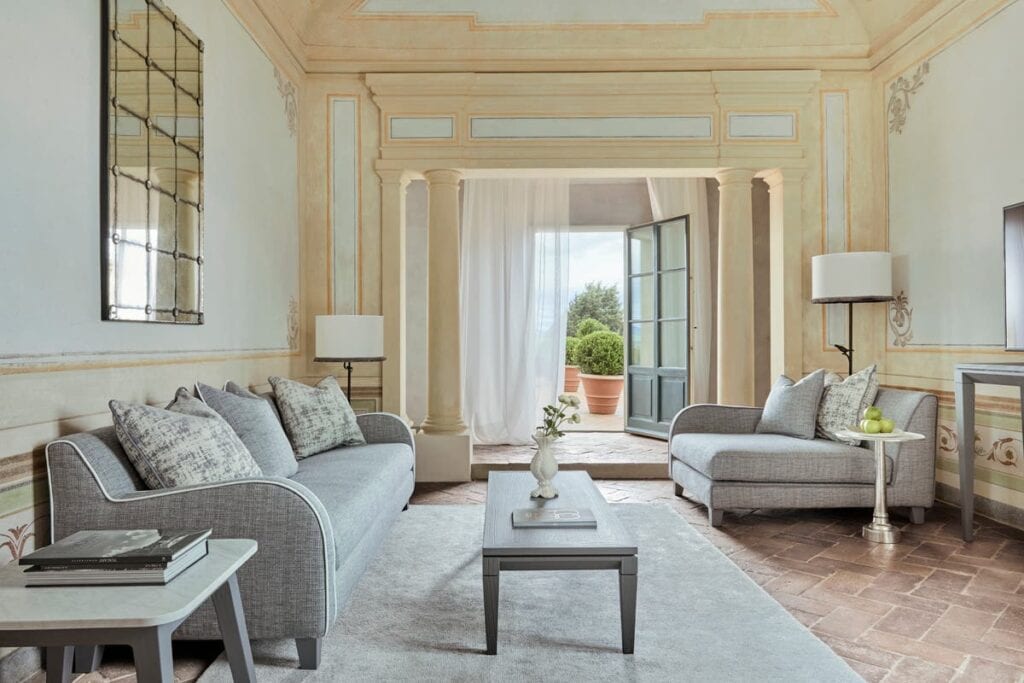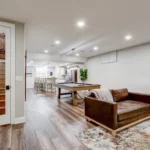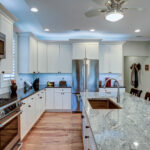Building materials are the general name of various materials used in the construction of buildings, including structural materials, wall materials, roofing materials, floor materials, thermal insulation materials, sound-absorbing materials and decorative materials. It can be seen that there is a wide variety of building materials, with different performance. A wide range of uses, and building decoration materials is a category of building materials, but this type of material is the “coat” of the building, it is very intuitive, so it is very important.
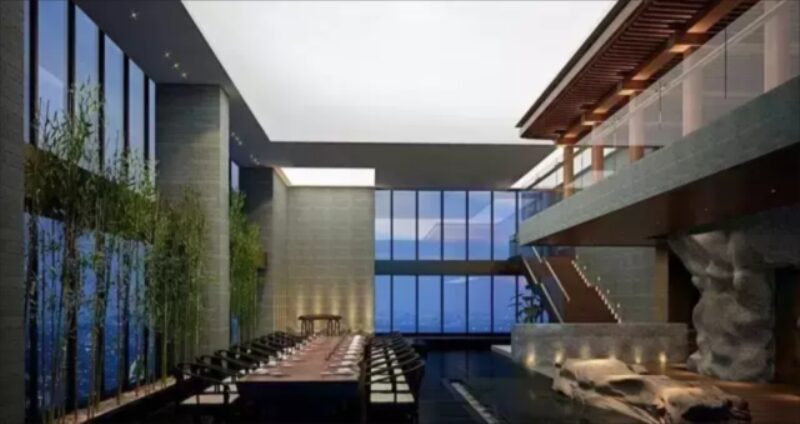
However, building decoration materials are again dependent on other building materials. Especially the surface of the structural materials, so the decorative materials have a close relationship with many other types of building materials. Obviously, only when the structural materials do not have problems, the decorative materials attached to it can play its decorative effect. For this reason, we learn to hold the knowledge of building decoration materials, but also must understand the necessary other building materials, especially the performance of structural materials (mainly concrete and steel), in order to adapt to the needs of the two associated.
Building decoration materials are as vast as the sea, varieties and colors are very complicated, there are usually the following two kinds of classification.
1.Classification by chemical composition:
Building decoration materials are divided into: metal materials
- Ferrous materials: such as stainless steel, etc.
- Non-ferrous metal materials: such as aluminum, copper, gold, silver, etc. For example: metal decorative mesh, metal mesh curtain, metal curtain mesh, curtain mesh, metal ring mesh curtain, decorative ring mesh, ring mesh, stainless steel rope mesh, rope mesh, metal fabric curtain, aluminum fabric curtain and other products using high-quality carbon steel, aluminum alloy, stainless steel and other metal wire through a special process of preparation, because of its unique flexibility and gloss of metal wire and metal lines, but also directly create a different modern metal decorative Artistic style, hanging curtain color changeable, in the refraction of light, the imagination of unlimited space, beautiful at the bottom of the eyes. These decorative metal mesh with color, is made of different textures of materials and different treatment methods, in addition to retaining the functional advantages of metal and easy to maintain, its smooth appearance is easy to clean, better meet the requirements of designers for style and personality. It has become the new favorite of mainstream architectural art with its wide range of application fields and remarkable decorative effect.
Dongfu wire mesh mainly provides non-ferrous metal material products for architectural design, including metal mesh curtains, chain link curtains, ring mesh curtains, perforated metal sheets, expanded metal meshes, etc.
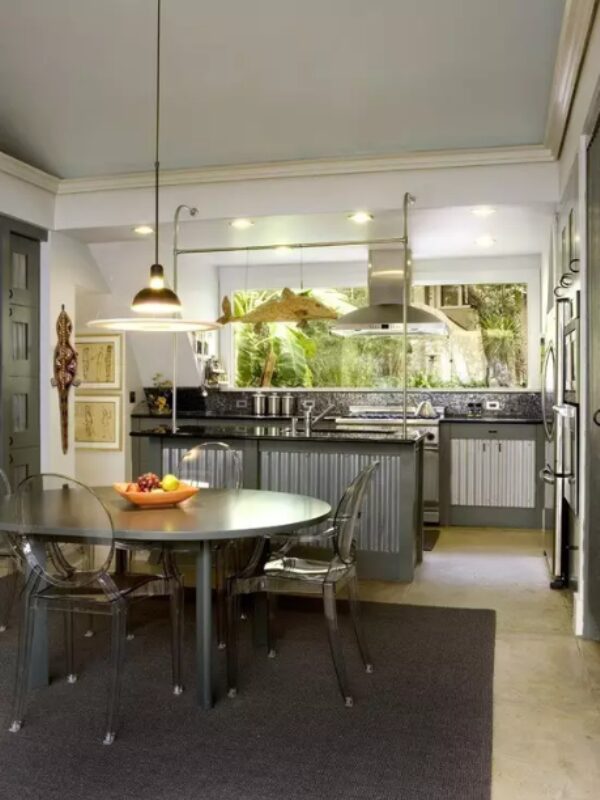
Non-metallic materials
- Inorganic non-metallic materials: e.g. marble, glass, architectural ceramics, etc.
- Organic non-metallic materials: e.g. wood, construction plastics, etc.
Composite material
- Non-metallic and non-metallic composites: e.g. decorative concrete, decorative mortar, etc.
- Metal-metal composites: such as aluminum alloys, copper alloys, etc.
- Metal and non-metal composites: such as plastic-coated steel sheets, etc.
- Inorganic and organic composite materials: such as artificial granite, artificial marble, etc.
- Organic and organic composite materials: such as various kinds of coatings.
The so-called composite material refers to the combination of two or more materials into a material with new properties. Composite materials often have multiple functions. Therefore, it is the development direction of modern materials.

2.Classification by building decoration parts:
Building decoration materials can be divided into the following categories according to their different decorative parts in buildings.
- External wall decoration materials: including external walls, balconies, steps, canopies and other materials used in the decoration of all exposed external structures of the building.
- Interior wall decorative materials: including interior walls, wainscoting, skirting, partitions, planters and other materials used in the decoration of all internal structures.
- Floor decoration materials: including the ground, floor, stairs and other structures of all decorative materials.
- Ceiling decoration materials: mainly refers to indoor ceiling decoration materials.
- Interior decoration supplies and supporting equipment: including sanitary ware, decorative lamps and lanterns, furniture, air-conditioning equipment and kitchen equipment, etc.
- Others: street, courtyard vignettes and sculptures, etc.
Buildings and building materials have an interdependent relationship, and the development of one side will lead to the innovation of the other side. Therefore. The progress of modern material science and technology is bound to provide new possibilities for the development of modern building technology and modern architectural decorative art, that is to say, the concept and image of “modern architecture” is formed on the basis of the emergence of a large number of modern building materials (including decorative materials).
